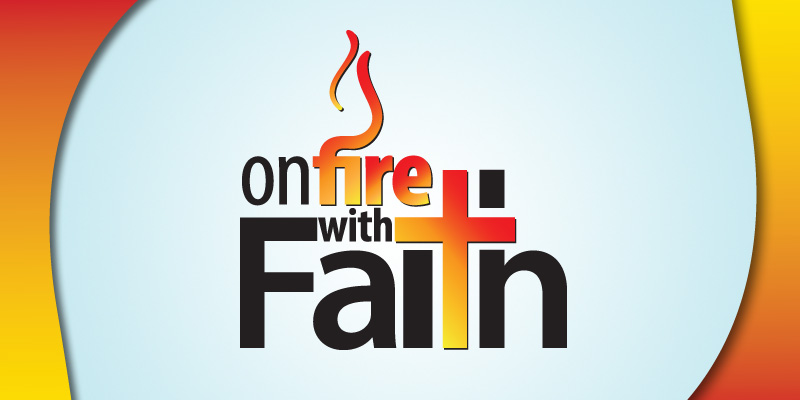
As young Catholics prepare for Holy Communion this year, there will be some crucial differences in the program, but the blessing and honor of receiving the body and blood of Christ will be the same.
Catechism for the Holy Eucharist usually takes place during the second-grade year. During this year, students would normally meet in-person for about an hour per week to learn the meaning of substantiating the bread and wine received at communion to the body and blood of Christ.
The exciting day of first Holy Communion arrives usually in the spring. Family and friends would gather at a regular Mass to witness this special event as a large group of young Catholics celebrate their communion with the Church. Girls typically wear all white and veils, while the boys are dressed in their Sunday best. For Catholic families, this is a joyous and celebrated day.
But the onset of the coronavirus has changed how this “normally” looks. While the sacrament has not lost its meaning or vital importance, churches around the state are rethinking their programs — some offering in-person with less attendance and others offering virtual sessions.
Michael Martocchio, interim secretary of evangelization and education director in the office of catechesis and Christian initiation with the Diocese of Charleston, said that it is his job to help set the standards for sacramental preparation.
He has been working tirelessly with churches statewide on what their programs might look like starting in the fall.
“It will be conducted in a combination of different formats depending on each unique church’s needs,” he explained. “Some will do all virtual, some a combination of virtual and in-person, and some will be doing sent-home assignments. For those that are remaining in-person, they are looking at different ways to offer the sessions in a larger space and in smaller groups.”
He said that in March when their programs came to a halt, many churches made the shift to online seamlessly, while other churches had to put their programs on hold — only to pick it all back up this summer.
Martocchio said he believes any children who were to receive their first Holy Communion from the 2019/2020 year have, for the most part, been accounted for and were able to receive it during the summer.
Parishes also celebrated first Holy Communion differently. Some still held it during Mass, but with fewer people attending. Some spread the pupils over several Masses, some had several small groups meet with the priest only, and some priests met individually with families for a more private sacramental celebration.
Martocchio’s department has not wavered this summer. They have been learning how to offer online education for sacraments via a multitude of webinars and meetings with the various parish offices as they plan ways to continue their Catholic education programs.
“There are so many factors that we have to consider,” he said. “Of course it won’t be the same and it is not ideal. But, we have to embrace these changes and continue to walk with these families on their faith journey.”
Maria Barontini, pastoral associate for children’s catechesis with Prince of Peach Church in Taylors, knows all too well about embracing those changes.
Barontini switched to assignments sent via email in March and stayed in touch with each family from the moment the shutdown began. Early in the summer, she held small group in-person “bootcamp” sessions to refresh them on lessons they missed. She then scheduled them to take a test in early July.
“All testing was done outside under our covered walkway with more than six feet between myself and the student. I had one student do the test via zoom. I had families schedule sacraments at daily Mass due to health concerns and we also had families participate in a socially distanced first Holy Communion Mass on August 1,” she explained.
She admitted that she has no way of knowing what the future will hold, but plans to offer first holy communion preparation both in-person and online. She said they will use the program Flipgrid, a website that will facilitate video discussions, for her virtual students. And for in-person instruction, they plan to use the gym, spaced apart and in small groups.
Barontini said that currently Prince of Peace has 15 students signed up for in-person holy communion instruction and about 10 for virtual. Her goal is to support the families on what they feel comfortable with and “meet them where they are.”
She also said that this is not ideal, but hopes going virtual will keep families from putting off their child’s first Holy Communion.
Father Christopher Smith, pastor, shared those sentiments.
“We are losing that personal connection, which is a huge part of our religion, but it is our responsibility to serve the people and their needs have to be met,” he said. “God is going to give us extraordinary grace to get through this. We are fortunate to have these mediums to be able to communicate.”
Father Smith said he has enjoyed seeing the support from fellow churches and clergy.
“We are all in this together and we are trying to figure out what works and what doesn’t. The coronavirus has forced us to traverse our faith in a whole new way.”



